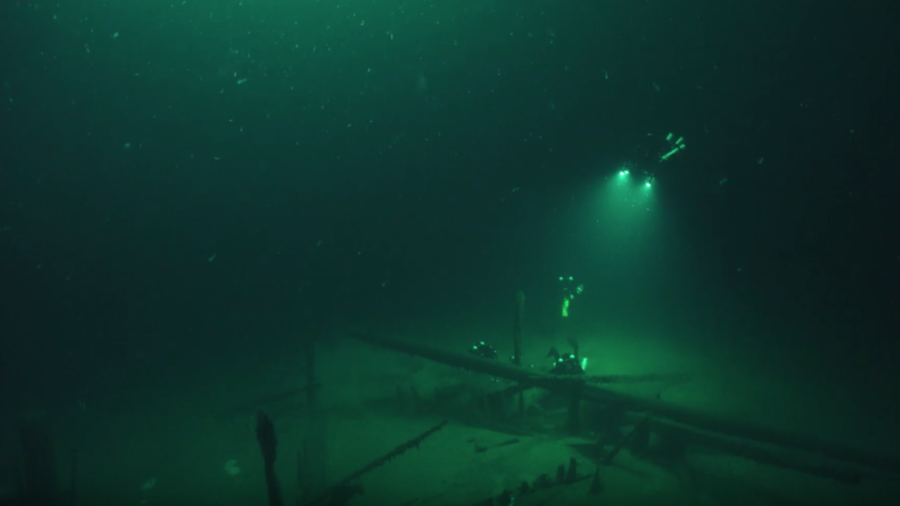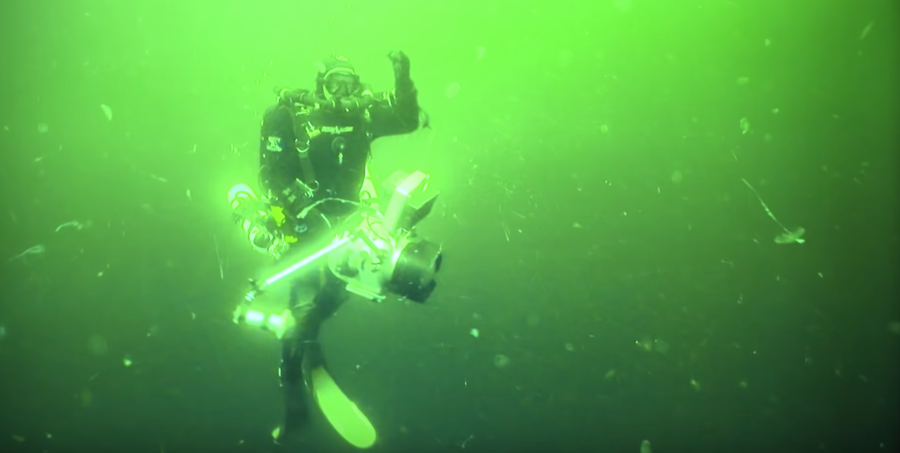World’s ‘oldest intact shipwreck’ discovered in murky depths of Black Sea after 2,400 years (VIDEO)

An international team of maritime experts has discovered what is being dubbed the ‘oldest intact shipwreck’ known to mankind, perfectly preserved as if it had only sank yesterday.
The mast, rudders and rowing benches of the 23 meter (75 foot) vessel, thought to be Greek in origin, all remain intact. The oldest of the vessels dates back 2,500 years and resembles a ship on the ‘Siren Vase’ held at the British Museum.
The preservation is so incredible that the bones of the monkfish being eaten by the crew at the time the ship went down have been perfectly preserved on the deck.
“We even have the coils of line, of rope still as the bosun left them in the stern when the ship went down,” Dr Kroum Batchvarov, one of the lead researchers, said. “This is unique.”
It is among some 72 vessels found at the bottom of the Black Sea by the team that mapped over 2000 sq km (772 sq miles) of the seabed in unprecedented detail using technology previously reserved for the oil and gas extraction industry.
The team intends to let the vessel remain where it has been undisturbed for the past 2,400 years, though a small piece was removed for carbon dating by the University of Southampton which placed the year of the wreck at approximately 500 BC.

“A ship surviving intact from the classical world, lying in over 2km of water, is something I would never have believed possible,” said Professor Jon Adams, the principal investigator with the Black Sea Maritime Archaeology Project (MAP) in a press release.

The team deployed specialist remote deep-water camera systems which supplied ultra-high definition imagery from more than 2km (1.3 miles) underwater. The anoxic (oxygen free) environment at the murky depths of the Black Sea, which can preserve organic material for thousands of years, is what kept the ship in such pristine condition.
Hurricane Michael so powerful it revealed shipwrecks buried for 120 years (PHOTOS)https://t.co/g0HKqazeBkpic.twitter.com/78ts0z3nWx
— RT (@RT_com) October 23, 2018
The years-long Black Sea project is funded by the Julia and Hans Rausing Trust, and has cost in the region of £15 million ($19.4 million) so far. The expedition has also uncovered a Bronze Age settlement submerged beneath the sea bed.
The remaining data will be published later this week at the Black Sea MAP conference in London.
Like this story? Share it with a friend!















